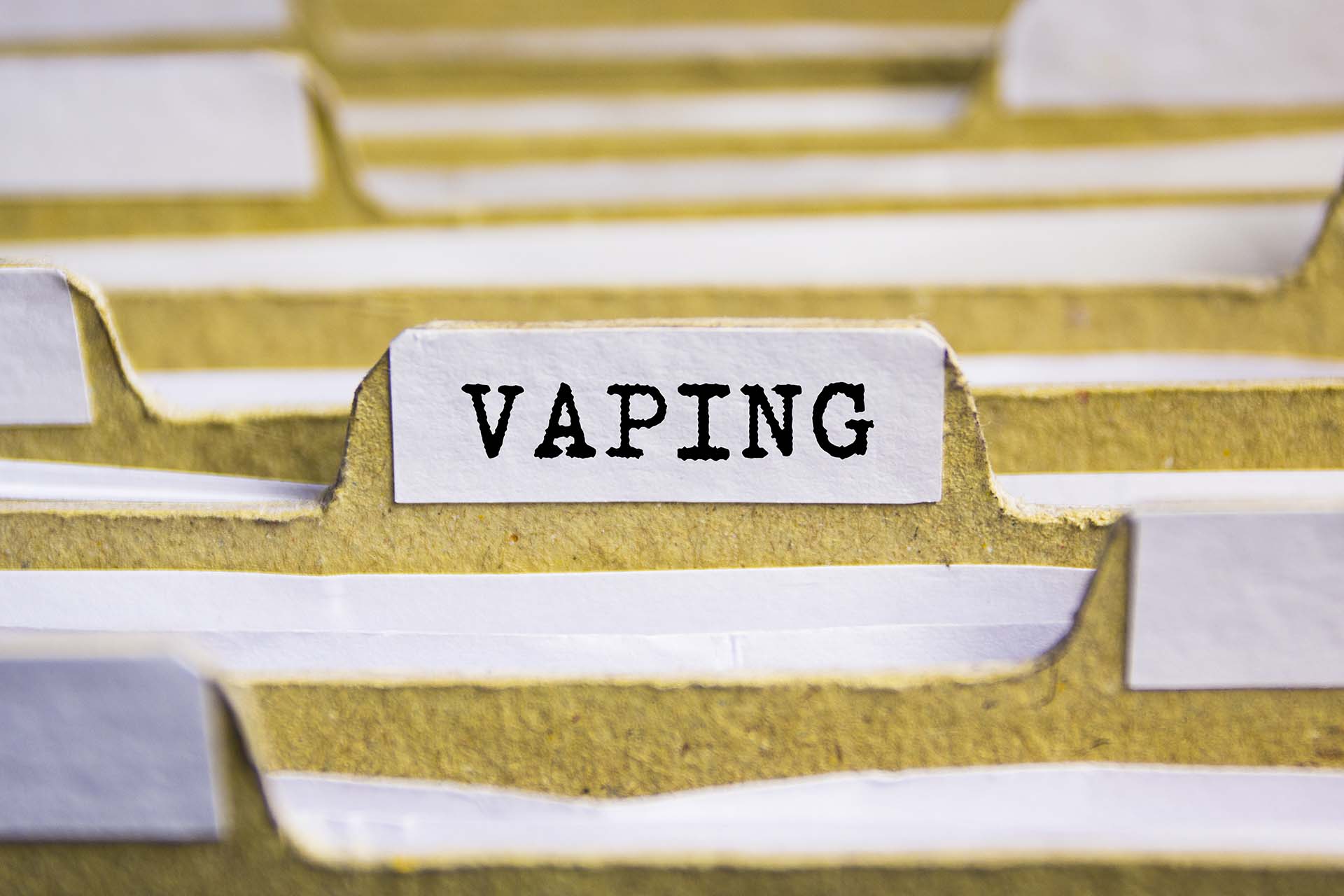The vaping industry is in a state of flux and there are several key themes that are at the forefront of discussion this year. As we edge closer to the middle of 2023, the industry continues to change and evolve but we are already seeing some trends standing out from the rest so far this year. As such, it’s important to gain an understanding of the key takeaways from the vaping industry and how these will impact the sector going forward.
Regulations & legislation changes so far
When it comes to the regulation and legislation of vaping, there have been several changes this year. In the Philippines, a pro-vaping bill was passed last July which legitimised vaping as a means for quitting smoking. It allows for strengths up to 65mg and for 18-year-olds and above to purchase (down from 21), in hopes of helping some 16 million smokers quit. Meanwhile, in Australia, regulations around vaping products have been tightened, with restrictions on imports and sales of vaping products. With the new changes, the importation of non-prescription vape products will be banned including nicotine-free vape products.
A preference for Nicotine Salts over disposable vapes
One of the biggest developments in the vaping world has been the rising popularity of nicotine salts to depose disposable vapes; namely with the rise of ‘Bar Salts’. Nicotine salts are a form of nicotine that is taken from the leaf of a tobacco plant and which is generally easier for users to inhale than traditional freebase nicotine. As such, it can provide users with an improved experience when compared to disposable vapes, making it a popular choice amongst vapers.
With calls for disposable vapes to be banned due to their single-use nature in an environment gearing up for sustainability, Nicotine Salts are the perfect solution. The new Bar Salts bring the strong, sweet flavours of disposables to Nic Salt formulas for a more environmentally friendly alternative.
Public discourse around vaping has changed
The public discourse around vaping has also been an important theme this year, with more smokers starting to believe that vaping is just as or more harmful as smoking. This has caused a lot of division in the industry and it’s something that manufacturers and brands need to be aware of when marketing their products in the future. As the industry moves forward it is important to ensure that accurate information is presented to the public in order to dispel any unfounded notions of vaping being dangerous.
Innovation in vaping technology
Innovation and technology have also been at the forefront of discussion this year, with advances in technology allowing for a number of new products and services, as well as an increase in vaping performance. Vape manufacturers are now offering more options when it comes to the customisation of vaping devices and e-liquid flavours. We’ve seen the creation of water-based vape technology and ultrasonic heated devices that replace traditional coil-based devices. We are sure to see even more advances in the future!
UK ramping up efforts to meet Smokefree 2030 deadline
Finally, the UK is ramping up their efforts to meet the Smokefree 2030 deadline. This is a goal set by the government to reduce smoking prevalence in adults to less than 5% by the year 2030. To meet this goal, the UK recently unveiled plans to give away a million vape kits to smokers in an effort to help them quit. The UK continues to show its commitment to using vaping as a smoking cessation tool, often touted as a significant means for helping smokers switch. Going forward, the UK will continue to make efforts towards its Smokefree 2030 goal and will likely continue as a leader in vaping policy.
In conclusion
By understanding the major trends influencing the vaping industry this year, vape manufacturers and e-liquid brands can more effectively plan for the future. By staying up to date with regulations and legislation changes, investing in innovation and technology, and engaging with the public discourse through accurate information campaigns, vape brands can ensure that they stay ahead of the curve.

